No products in the cart.
News
Intarsia Wood: Tips & Uses of Various Woods
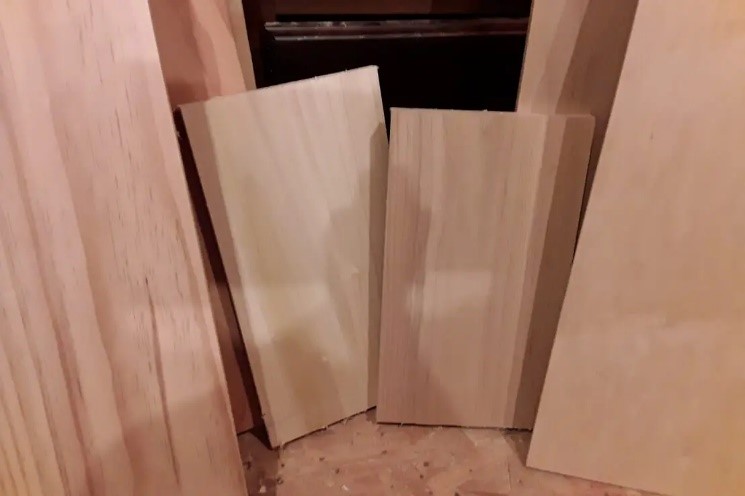
When it comes to Intarsia wood, a woodworker has a lot of different options of wood to use to create those beautiful works of art.
In fact, when you are looking for intarsia wood, you may have some difficulty choosing what in particular you want to use with your project.
I wanted to go out and do some digging on many of the more popular types of wood and talk about their hardness, color, any tips, and usability as intarsia wood in your projects.
So, without further ado, let’s dive on in!
Pinewood
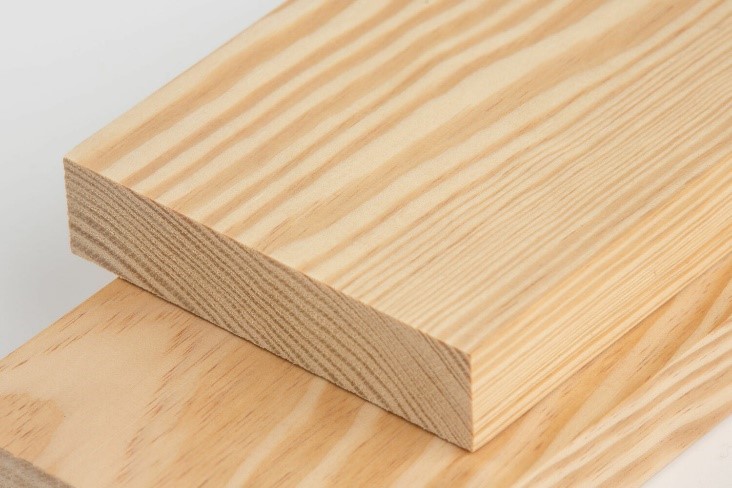
Pinewood is one of the cheapest woods out there. I use pine on so many projects, mainly due to this factor. There are actually many different types of pine.
I have discovered that some pinewood, in fact, can be relatively close to the strength of oak.
The type of pine I purchase is a lighter color with knots every so often in the wood (The cheaper stuff). They do have some variations of regular pine in the hardware stores, and then premium pine is available.
I should pay more attention to the types they have in store as I typically focus on color and the size of the wood.
The premium stuff may be a bit harder or stronger than a plank of wood, but my attention is taken to the patterns that can be available in the wood.
You can get some pretty good-looking pieces of pine wood that can be used for Intarsia. The character of the wood patterns can be used on many different projects.
Sometimes, you can find a nice piece with tiny spots on them. (I am currently working on a 3D fish with this style of pattern).
Pine is a fairly soft wood and takes a stain very nicely. If you wish to use pine but make it a shade or two darker, you can do that with a stain.
Pine cuts very nicely and can be sanded fairly easily for your intarsia projects.
In my personal (and probably somewhat biased opinion), I think no 5″ x 5″ space on some variations of pine wood has the same look (In fact, this is the same for many different types of wood).
This makes pine so fun to use, as you can look at a piece of wood in the store and see some pretty cool patterns in the wood that pull at your imagination.
Oakwood
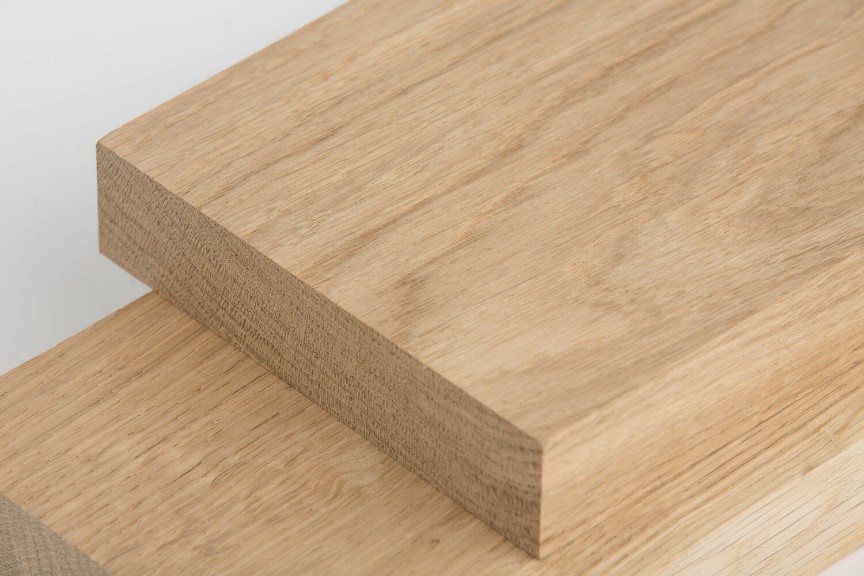
Oakwood, as it is well known, is a very strong and durable piece of wood. Its pattern is fairly repetitive and distinguishable, which basically means the variation in the grain of the wood is not as unique.
I don’t want to say that all oak wood falls into this pattern and grain description, but from what I have seen, it is fairly close.
Cutting out oak will obviously be a bit harder as the wood is a stronger word, but such as that is, the wood tends to make some very nice cuts.
Oakwood can be great for an intarsia project with a flowing, continuous pattern within the project. I can imagine using oak wood to put some character into furry animals or the clothing on some part of the project.
Oak will definitely be more expensive, but that does not mean one should shy away from it entirely. Working with Oakwood has been a great experience for me.
With intarsia projects, you don’t have to do the entire project out of oak.
Oak can be stained as well, and if you want to take the wood a shade darker with a stain, it should work out. Though oak is a harder wood, the stain will not absorb as nicely as pine.
Oakwood is thought to be quite a tough wood, but I found that its hardness on the Janka scale is 1290 to 1360.
As a fun comparison, Madagascar Ebony comes in at roughly 3250. More than twice the hardness of an oak.
Black Walnut Wood
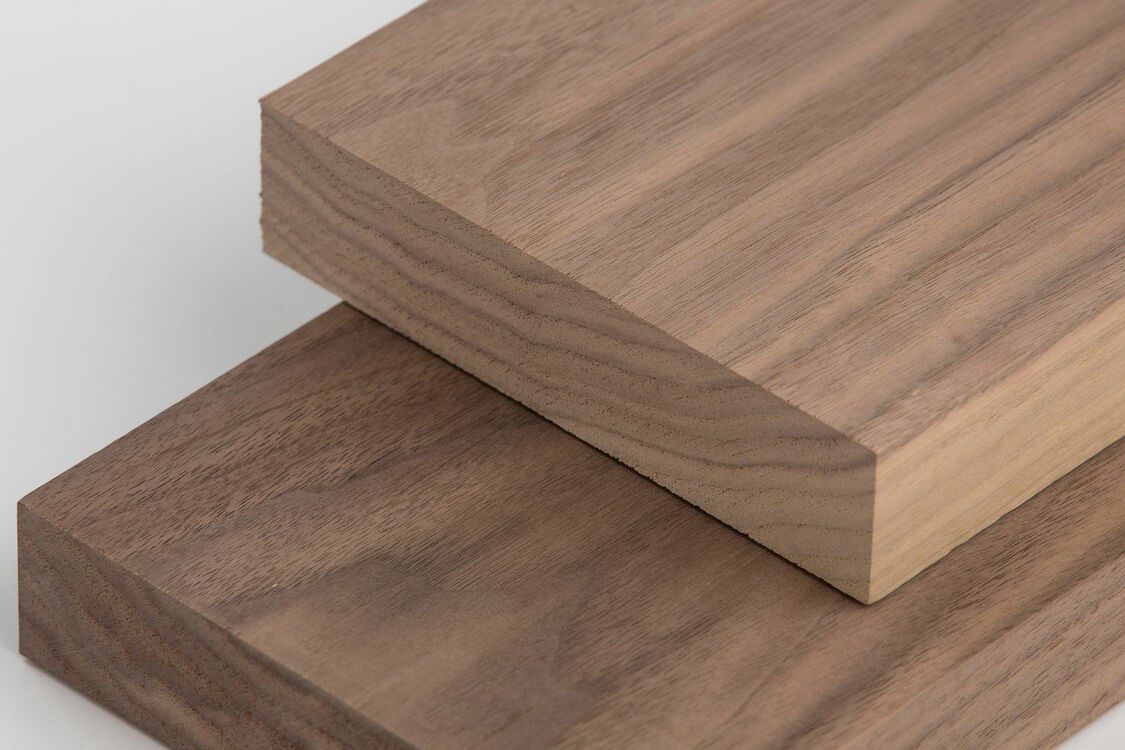
Walnut wood, from what I have seen, can be very expensive wood. Sometimes it feels like it is this coveted wood that everyone wants a project created from.
It also seems only those with deep pockets can afford the beautiful furniture and artwork created from such a wood.
Black walnut can range in color, but the darker brown with darker streaks in it can be used as an intarsia wood for creating those darker parts of your project.
This wood is rarely stained though it can be. The natural look of the walnut is so desired that staining it seems like a big no-no.
Some of the neatest patterns can be found in the crotch cut of a slab of black walnut wood. If you work with this wood, do it right the first time, plan ahead.
You don’t want to waste any of this stuff. You can get some fairly cheap Black Walnut on Amazon for your wood intarsia projects.
Birch Wood
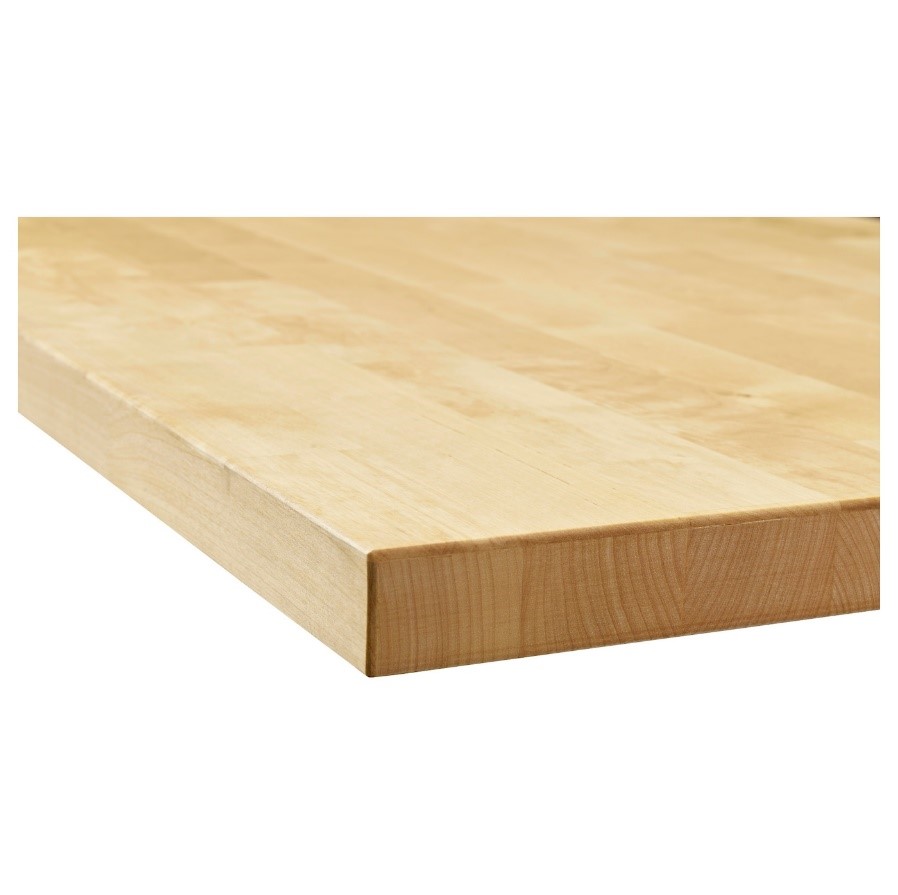
Birch is very widely used wood, but seems to be one of the most perishable. It typically has a fine and even texture with some low luster.
I ended up doing a scroll saw project with birch wood that I feel was not one of my best works of art. The wood was fairly easy to work with, but, at times, seemed almost too flexible.
Birch can be sanded fairly easily and is a pretty soft wood. You do have to be careful with this wood as it can break easily, as I have found out.
Using this type of wood in an intarsia project might not be ideal. I think other types of wood could take the place of birch when it comes to color, and no one would be the wiser.
Purpleheart Wood
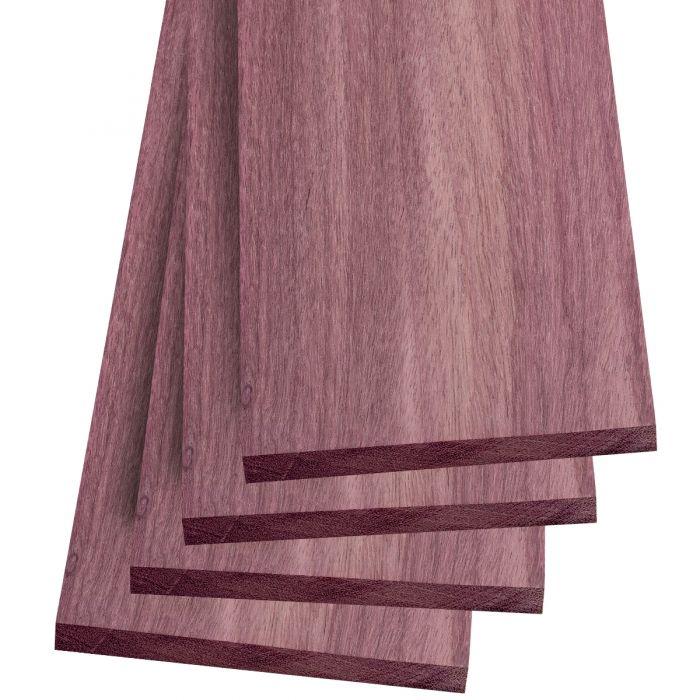
The workability of this wood can pose some difficulty from what I have read. Too much heat from your scroll saw or other tools being used can cause a resin to form, which can complicate your cutting process and even clog up your tools!
Scroll saw speed could be controlled, and I would venture a guess that this issue may not be as prominent with Purpleheart wood.
Purpleheart wood is a very durable wood and can be acquired for a reasonable price at Amazon without zapping your wallet too hard.
I plan on using this wood sometime in the near future for a project or two myself!
Zebrawood
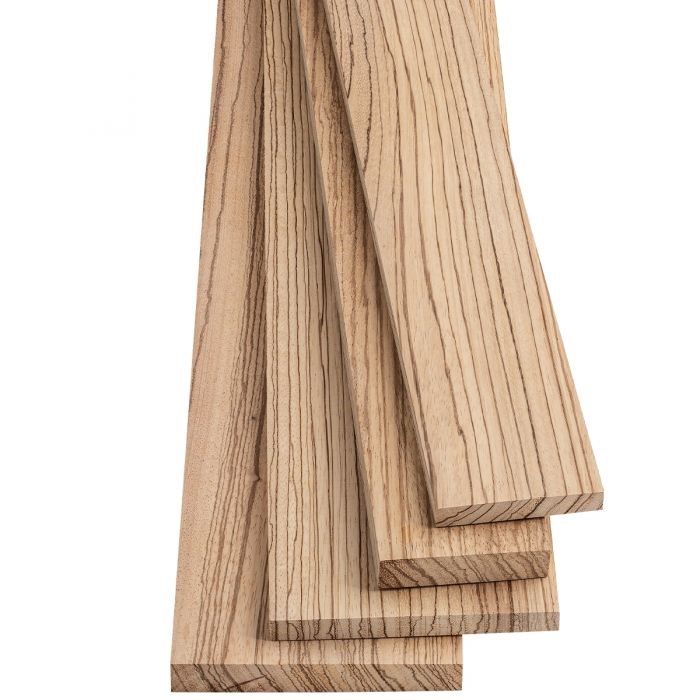
This wood has some of the coolest-looking patterns I have ever seen. For anything that needs striping, this wood seems like it could fit the project. Though Zebrawood is not as hard as Purpleheart wood, it comes in at 1575 on the Janka scale.
I was surprised that I could find Zebrawood for sale on Amazon. It seems like it could be a bit too exotic of wood to be available.
As it is available, I have found that it can be a bit expensive- though maybe not as expensive as Ebony or Rosewood.
I have read that the wood is fairly durable and has many applications, including use in intarsia projects.
On the downside, I have also read that the wood has a bit of an unpleasant smell when using it. I suppose that a dust mask may come in handy when working with Zebrawood.
Cherrywood
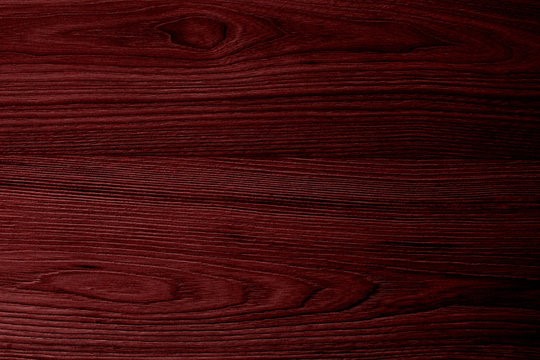
Cherry wood is another more common wood that possibly can be obtained at your local hardware store. If not, then it certainly can be obtained at Amazon.
I particularly like the Black Cherry wood because of its deep red color and the patterns you can get from it.
Cherry wood is an all-around type of wood that is used in just about any project you can think of. The difficulty with this wood is that I read it has some problems with taking a stain.
I read that it can be blotchy in spots when staining.
The draw with this wood is the reddish-brown that can come from the wood, typically seen better with a gloss or semi-gloss applied.
The patterns in the cherry wood may not be the unique factor for many people in my thoughts. To me, its color seems to be the major attraction to create beautiful woodworking projects with cherry wood.
This wood would give any intarsia project a nice color contrast that would look very nice. Cherry wood is easy to work with and is not too difficult to cut or sand.
Maplewood
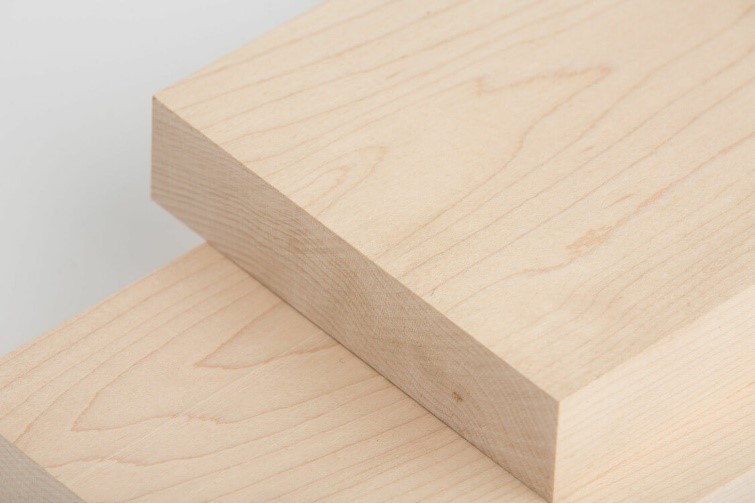
Maplewood has some variety, from typical grain-looking patterns to very beautiful patterns that a Birds Eye Maple can give you.
This wood can give you some wonderful different patterns to work with when it comes to intarsia projects. The quilted maple I have seen used on animal intarsia projects looks absolutely wonderful!
When working with maple, I have been told that it can burn easily when cutting. A scroll saw may not give you as much heartache on this as a router would.
Also, Maplewood tends to blotch a bit when staining.
Maplewood is another wood I plan to work with more often in future intarsia projects.
Sooooo Many Types of Intarsia Wood!
I have touched on some of the more typical woods, with a few lesser-known exotic kinds of wood in the mix just for fun.
As I have pushed on in my research for intarsia wood, I have found that there are actually way too many different types of wood available. I could not cover all of them if I even tried.
However, in my research, it seems someone has briefly covered almost every type of wood I can think of.
I have garnered quite a bit of information from this website that I feel I will be going back there often to find different kinds of wood to work with. The site is called The Wood Database (Use their Wood Finder link).
If I find myself looking for a type of wood or color of wood, I will definitely go there to get a little bit of information on it.
In general, I don’t expect that I will find all the wood easily available to buy like some of the common woods that I have mentioned above, but with such a large database of wood, it will give me plenty of options to search around for.
I think that just about any wood can be used for intarsia wood in your projects, I don’t know that all of them should be used, but I hope you have a better idea of the options out there when you look for wood in your intarsia projects.
Safimex company has supplying Intarsia wood art products like: doorplate, keychain holder, wall hanging, puzzle box, keychain,… with a good price for bulk order. If you are interested in this product, please feel free to contact us at info@safimex.com or click at https://www.alibaba.com/product-detail/WOOD-INTARSIA-LOGO-ART-WOOD-CARVING_10000009974079.html?spm=a2747.manage.0.0.67882c3cAhhb16
Source: DIY Spotlight
SAFIMEX JOINT STOCK COMPANY
Head Office: 216/20a Duong Ba Trac Street, Ward 2, District 8, Hochiminh City, Vietnam.
Tel: (+84)-(28)-3636 2388 | (+84)-(28)-3636 2399 | Website: https://safimex.com/
